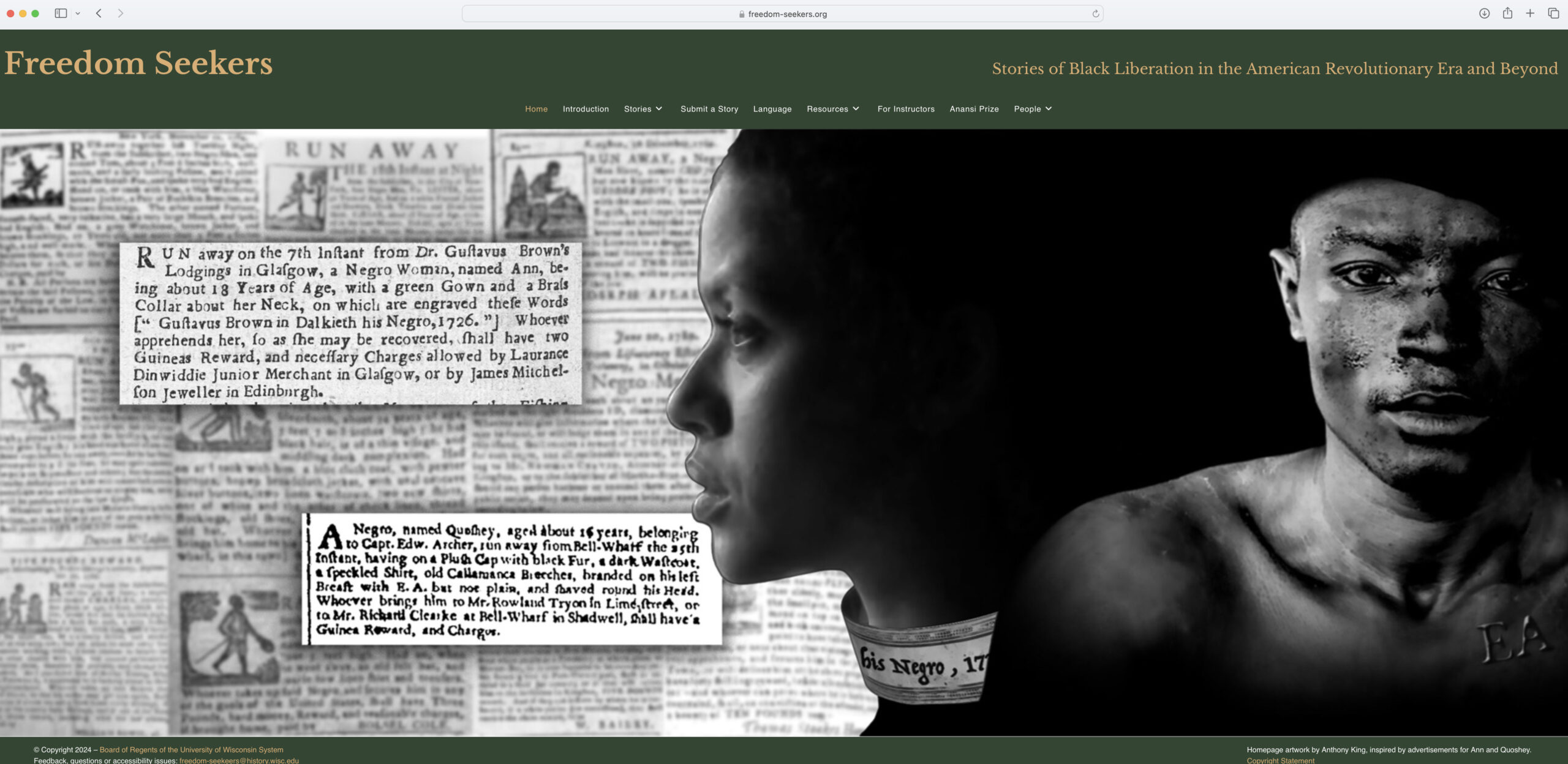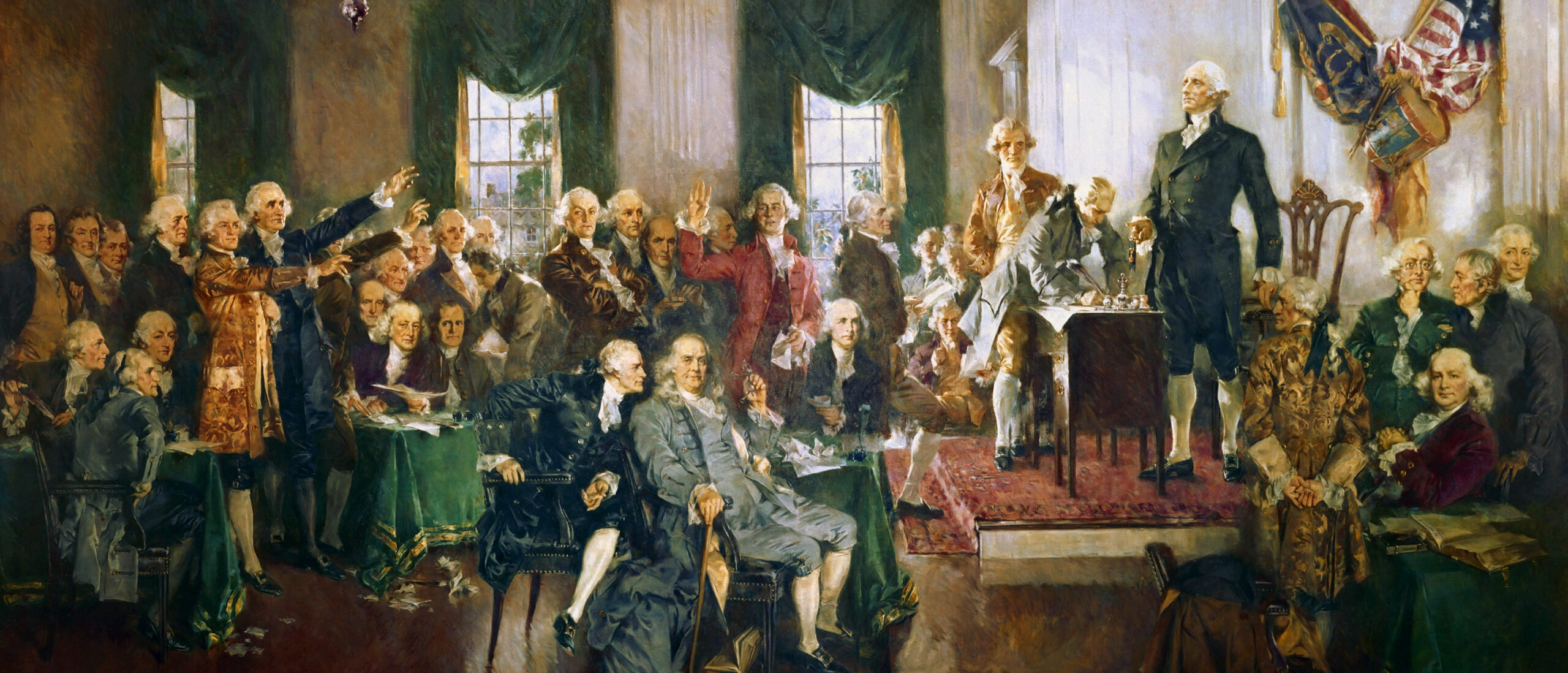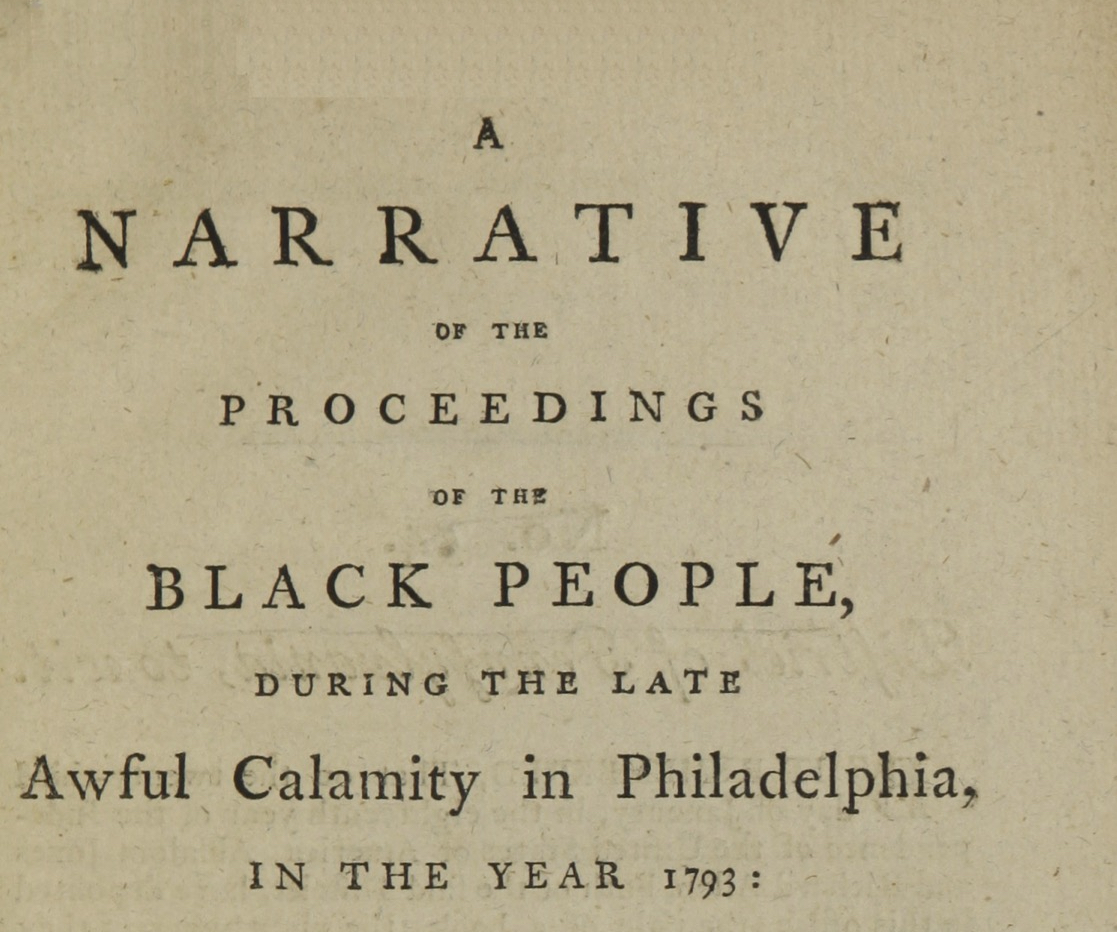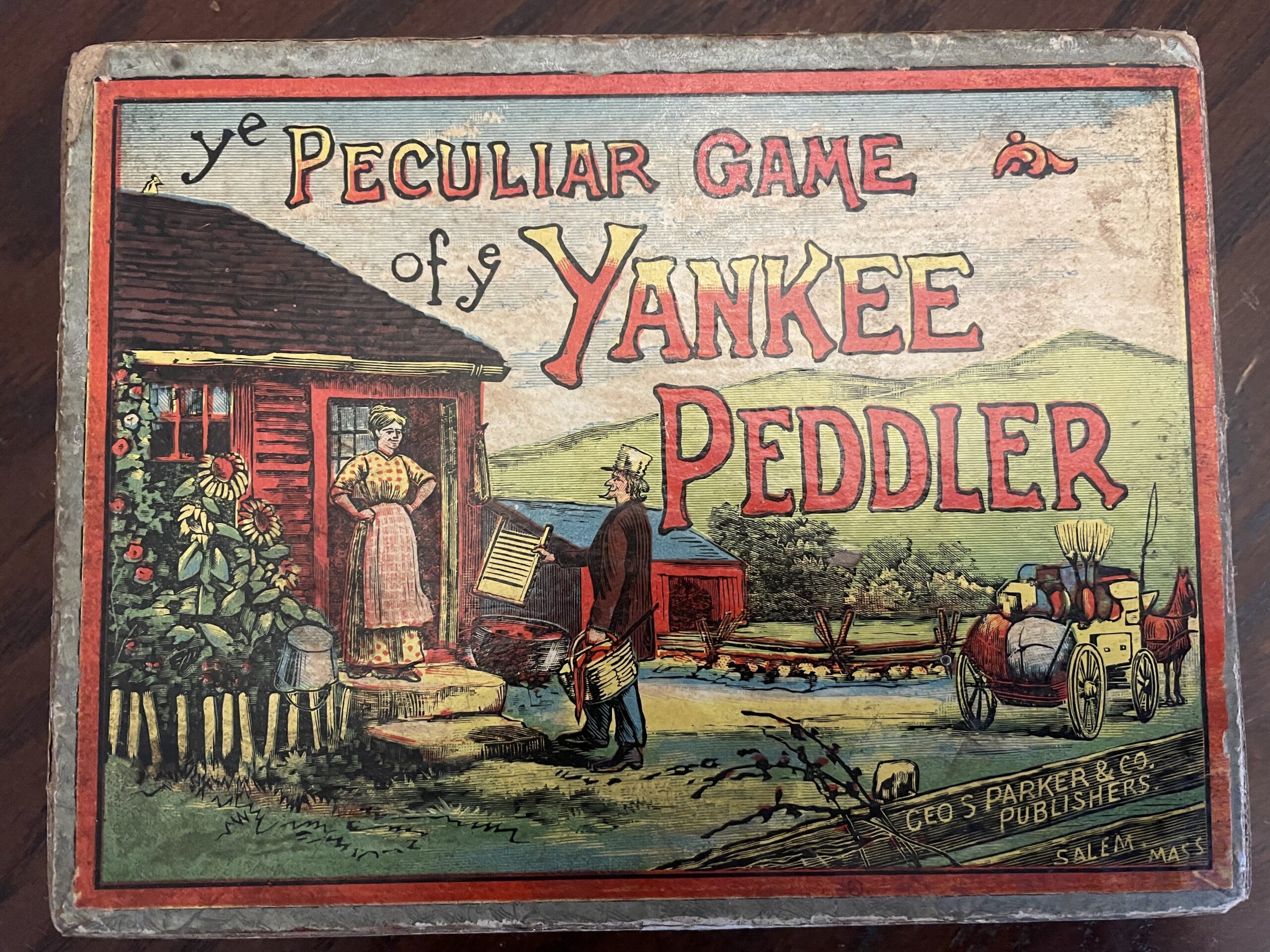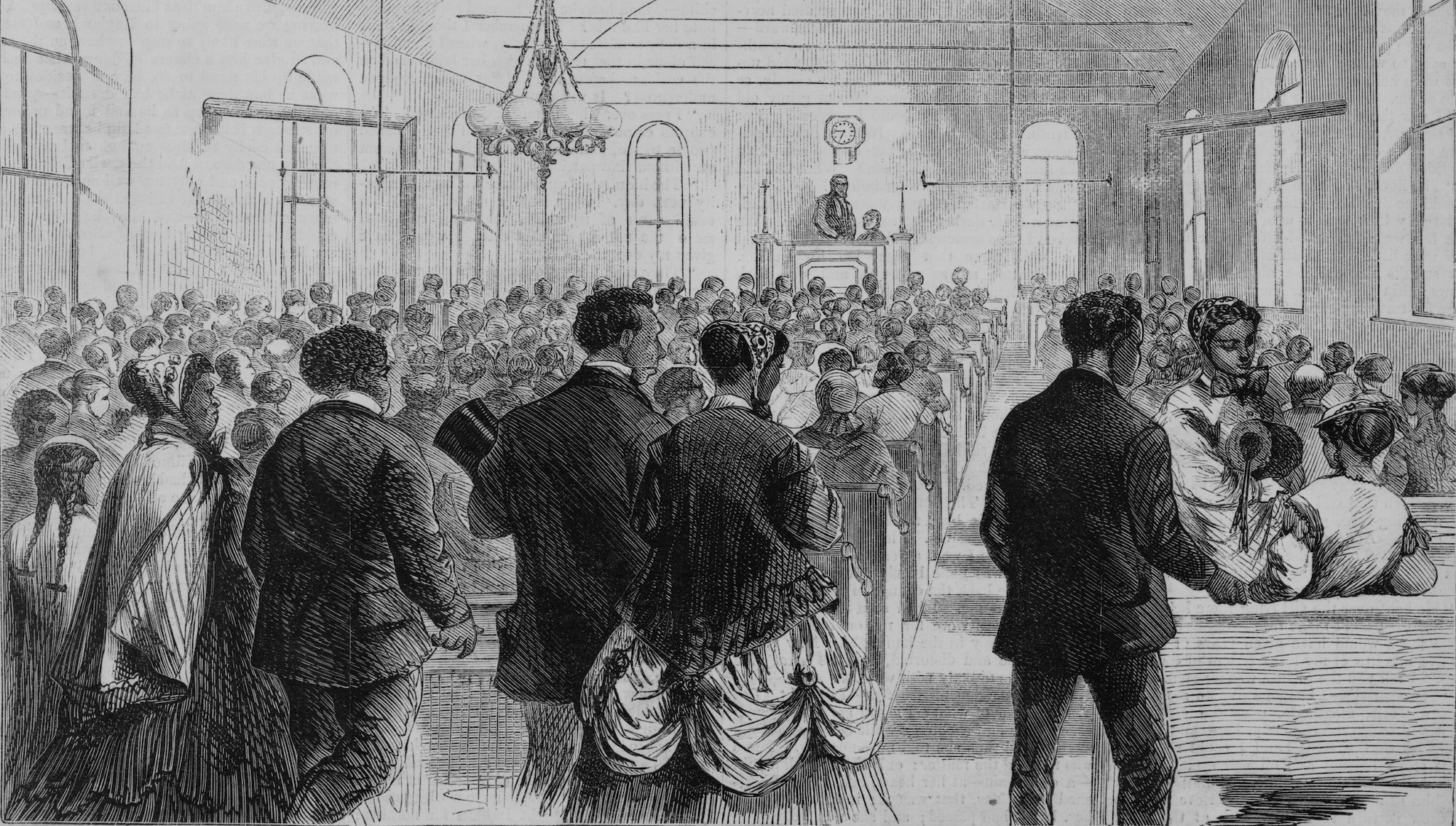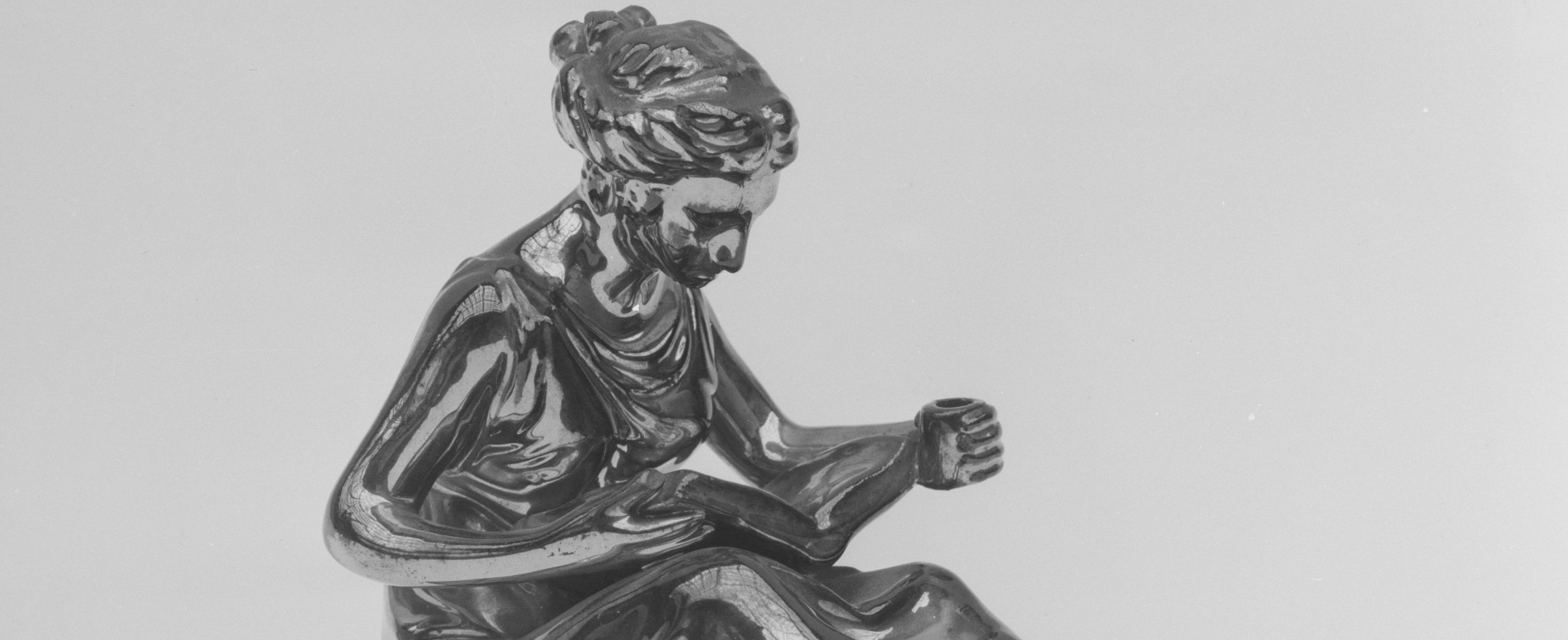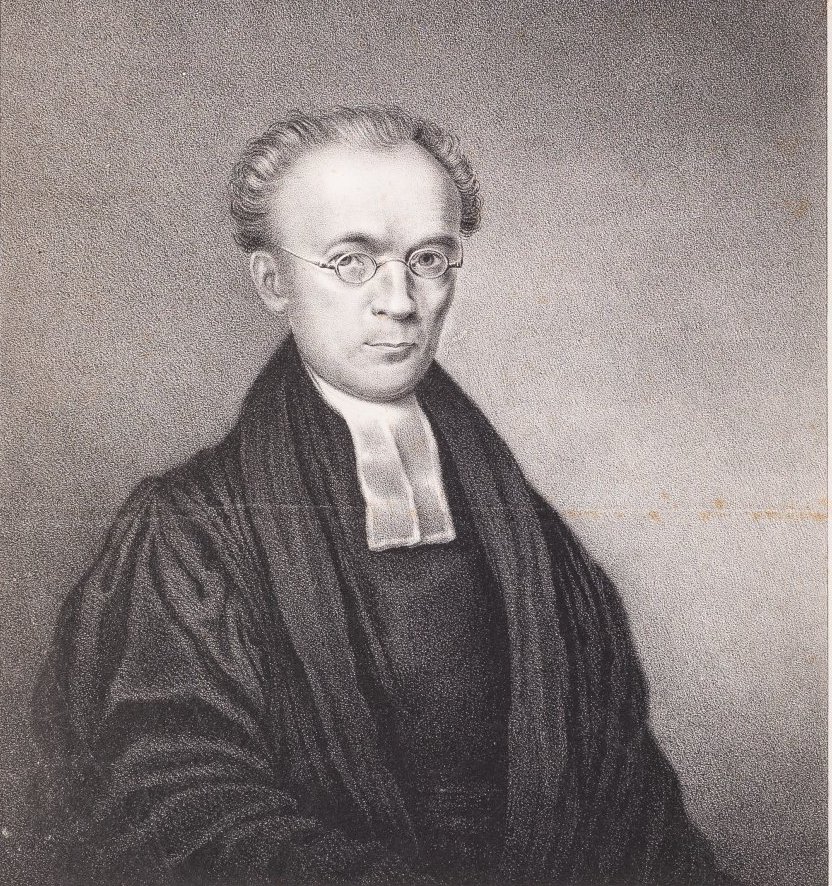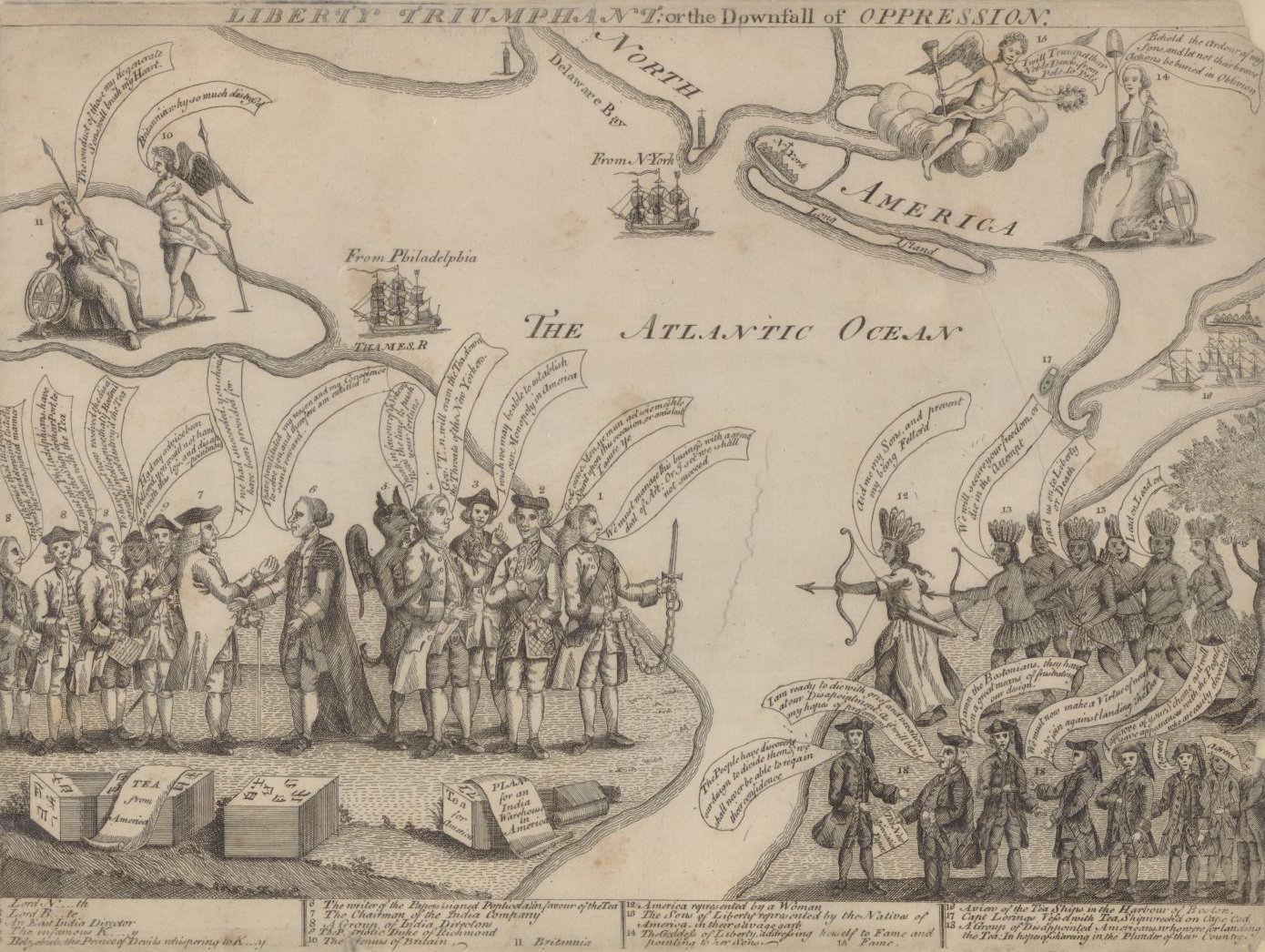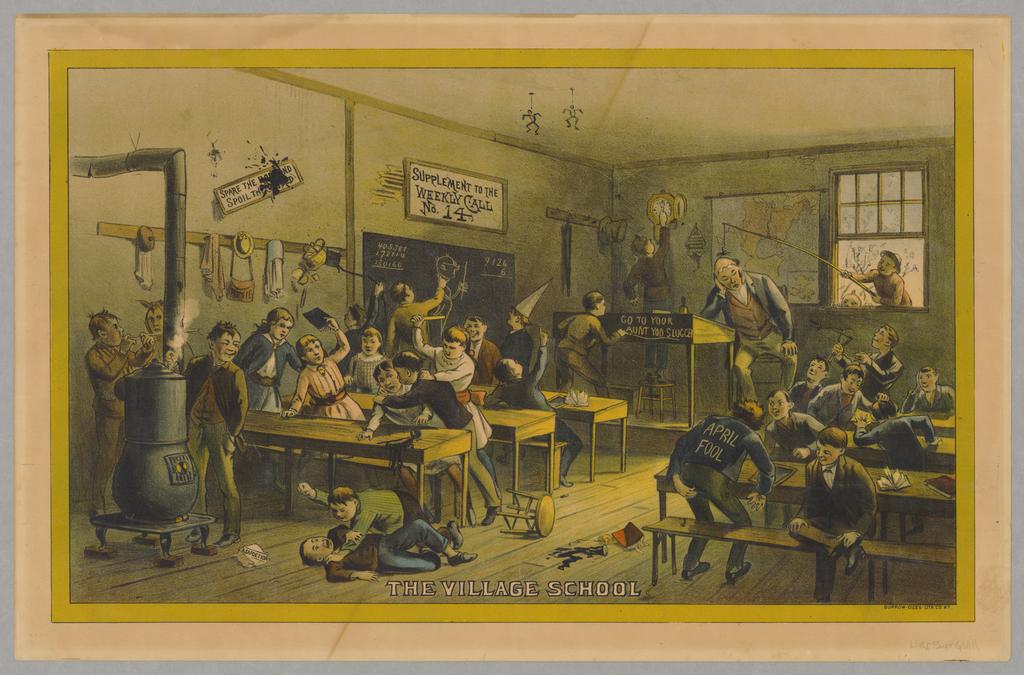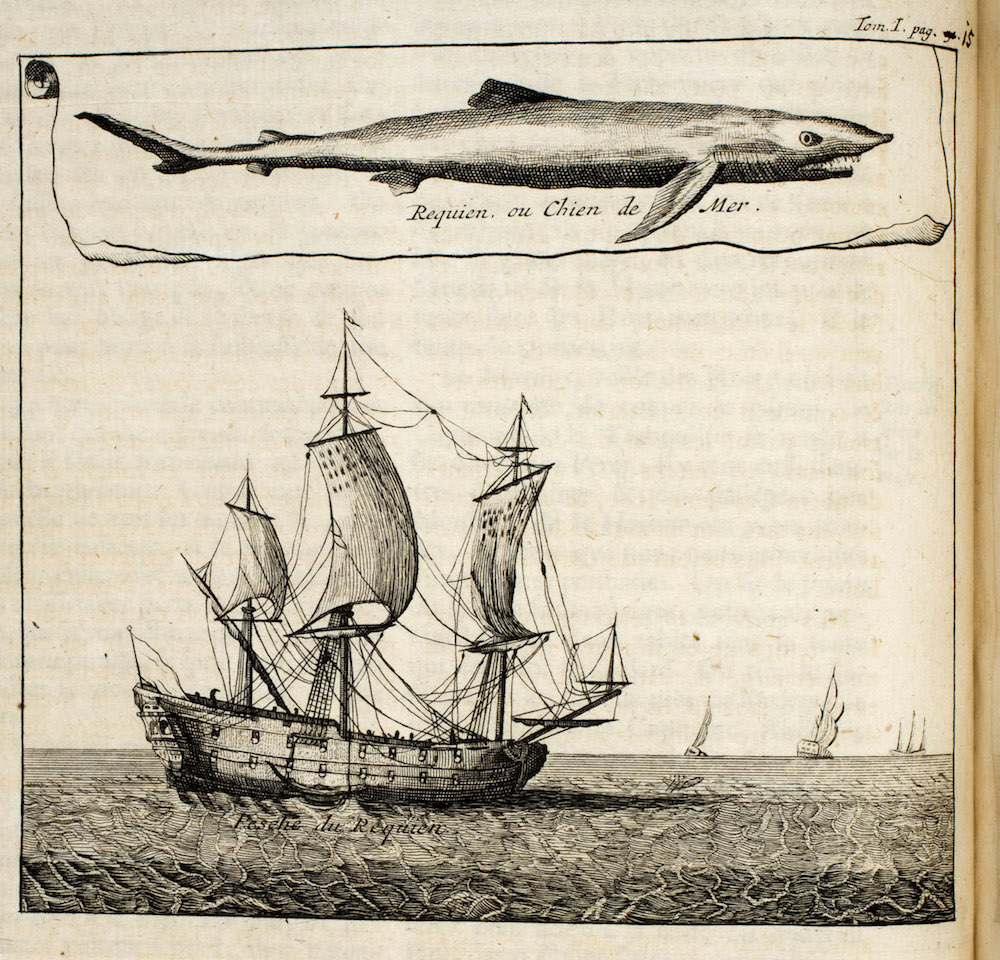Although many American cities and towns boast active local historical societies, their usefulness for students is all too often rather limited. Many smallish historical societies have valuable collections that have never been cataloged and many of their records are fast deteriorating. But our recent experience with a group of Beverly, Massachusetts, high-school students suggests that, working together, researchers, teachers, and archivists can make good use of the wealth of manuscripts and printed ephemera to be found in small historical societies.
Beverly is a working-class community with pockets of wealth on its fringes. Traditionally, Beverly High School has had a dropout rate that is among the highest in the state. The Beverly Historical Society, founded in 1891, is a private, nonprofit organization funded solely by the generosity of members, local businesses, and the community. It is headquartered in the former residence of the late-eighteenth-century merchant John Cabot.
The idea for a collaboration between the high school and the historical society came out of Dean’s experience as a Swensrud Teacher Fellow, a program funded and administered by the Massachusetts Historical Society in Boston. The Swensrud Fellows were given desks, unlimited support, and research assistance, a most productive and supportive research environment. Each of the Swensrud Fellows chose a project that would in some way take advantage of the tremendous facilities and personnel at MHS, and would in turn benefit students and their respective communities. After numerous discussions with Massachusetts Historical Society director William Fowler, librarian Peter Drummey, and Swensrud Fellow director Linda Smith Rhoads, the concept of an archival collaborative project began to take shape. Paige Roberts, director of the Beverly Historical Society, and Thomas Scully, director of the Beverly Public Library, enthusiastically added their expertise and energy to the ensuing project. Reed Ueda, a history professor at Tufts University and a close friend, served as our sounding board and educational advisor.
All involved in planning the project felt that the best method would be to choose a notable person from Beverly history who had an impact beyond the local community and whose papers were divided between both the Beverly Historical Society and the Massachusetts Historical Society. We decided on Nathan Dane (1752-1835) as our focus. Dane had a notable career: he was a Massachusetts delegate to Congress during the time of the Articles of Confederation and was the architect of the Northwest Ordinance, a Massachusetts state legislator, a member of the Hartford Convention, and a founder of the Massachusetts Temperance Society. He also wrote a law book whose proceeds established the first endowed chair at Harvard Law School. Dane was a resident member of the Massachusetts Historical Society, in which many of his papers were deposited. Many of Dane’s papers at the Beverly Historical Society came as a result of an early-twentieth-century donation of one of Dane’s remaining ancestors in Beverly.
The Nathan Dane Collaborative was designed as a model project that would expand the archival resources of both the Massachusetts Historical Society and the Beverly Historical Society. The model would act as a catalyst for local historical societies to catalog and digitize various manuscript collections that are particular to their local institution.
Our initial step was to survey what Dane materials were at the Beverly Historical Society, as these materials had not previously been cataloged; many of Dane’s documents are pasted in large leather-bound scrapbooks. This survey work was largely conducted by the six students enrolled in the high school class, Primary Research through the History of Beverly. The students enrolled in this elective course range from advanced placement to general studies. They worked on the Dane project tirelessly.
Marc Mahan, then one of Beverly’s most capable and dedicated United States history students, had been a summer volunteer at the Beverly Historical Society. Through his subsequent involvement in the Dane project, Marc spent over 150 hours photocopying and digitizing over a hundred Dane manuscripts. This was truly a Herculean effort that was successful in no small part due to the support and expertise of Beverly Historical Society archivist Samantha Grantham and director Paige Roberts.
Over fifty of Dane’s manuscripts needed to be transcribed as part of the digitization project. Marc Mahan brought in photocopies of Dane’s manuscripts and asked classmates for help in transcribing them. Both of my government classes unanimously volunteered to help as an act of civic virtue (as no extra credit was offered).
Our Website was designed with both researchers and fellow project designers in mind. While a model has been created, it is hoped that the Nathan Dane documents presented on the Website, which were both digitized and transcribed, will be useful to researchers around the world. These documents, culled from the Beverly Historical Society, made a collection more accessible not only to remote users but to patrons of the Society since they were previously accessed only through the firsthand knowledge of the staff. Now they are available on the project Website, listed by their original accession numbers, an effort that also aids in preservation, since most researchers will find the digital version of the documents sufficient.
In the final piece of the project the students from the Primary Research class were now ready to use documents from both the Massachusetts Historical Society and Beverly Historical Society to explore various aspects of Dane’s illustrious career. Each student planned to write an original research paper using the Dane documents.
In addition to working under the enthusiastic guidance of Samantha Grantham and Paige Roberts at the Beverly Historical Society, these students spent innumerable hours at the Massachusetts Historical Society, after school and on Saturday mornings.
The first research challenge that students faced was the “demystification” of the manuscripts at the Massachusetts Historical Society. To prepare students for deciphering documents written in the cursive of the early eighteenth century, we referred them to a helpful Web page (How to Read 18th Century British-American Writing, part of dohistory.org). After reading the information, students were given sample handwritten documents (diaries, journals, church records) from the manuscript collection at MHS.
The second research challenge was far more complicated. How do students who have never produced original research papers begin to write about aspects of an important historical figure whose accomplishments have been mostly forgotten over time? There are no books on Dane’s life and relatively surprisingly little secondary information. Most of the students had never written original research papers and at this time had little experience with primary documents. Before the Dane project was initiated, the students got their first taste of primary research by writing original papers concerning the various neighborhoods of Beverly. This preparation project gave the students an opportunity to look at old photos, newspaper articles, the census, city directories, diaries, gazetteers, maps, and postcards. As a result, students began to understand that primary documents can be used as the tools necessary for the craft of writing history.
On February 4, 2002, the six students presented their papers before an audience at the Beverly Public Library. The event was taped and later broadcast over the Beverly cable channel. Their papers were also posted on the Web, where readers can view the primary sources alongside the text. The online versions include thumbnails of the digitized documents they used, both from the Massachusetts Historical Society and the Beverly Historical Society. In one case, an entire journal was digitized (The Secret Journal of the Hartford Convention).
If the collaboration was designed as an experiment, it was a resounding success. One Beverly student, Becky Engle, said it best: “I was able to touch and look at actual documents and records written by Nathan Dane, and I discovered that even as a high school student I could gain the same kind of research skills that today’s most renowned historians have . . . This experience was, to me as a student, incredibly valuable and unforgettable.”
This article originally appeared in issue 3.2 (January, 2003).
Dean Eastman has been teaching history at Beverly High School in Beverly, Massachusetts, since 1970 and has been the recipient of numerous honors and awards, including the Massachusetts Christa McAuliffe Fellowship (1989), the Disney American Teacher Award (1991), and Harvard University’s Derek Bok Prize for Public Service (2000). Kevin McGrath has been the library media specialist at Beverly High School for the past five years.




